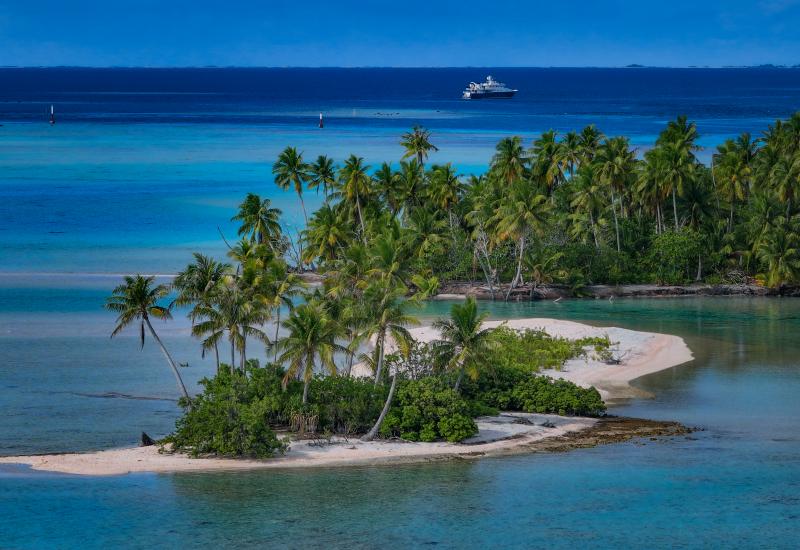Scuba Diving and Wine: An Unexpected Pairing in Mallorca
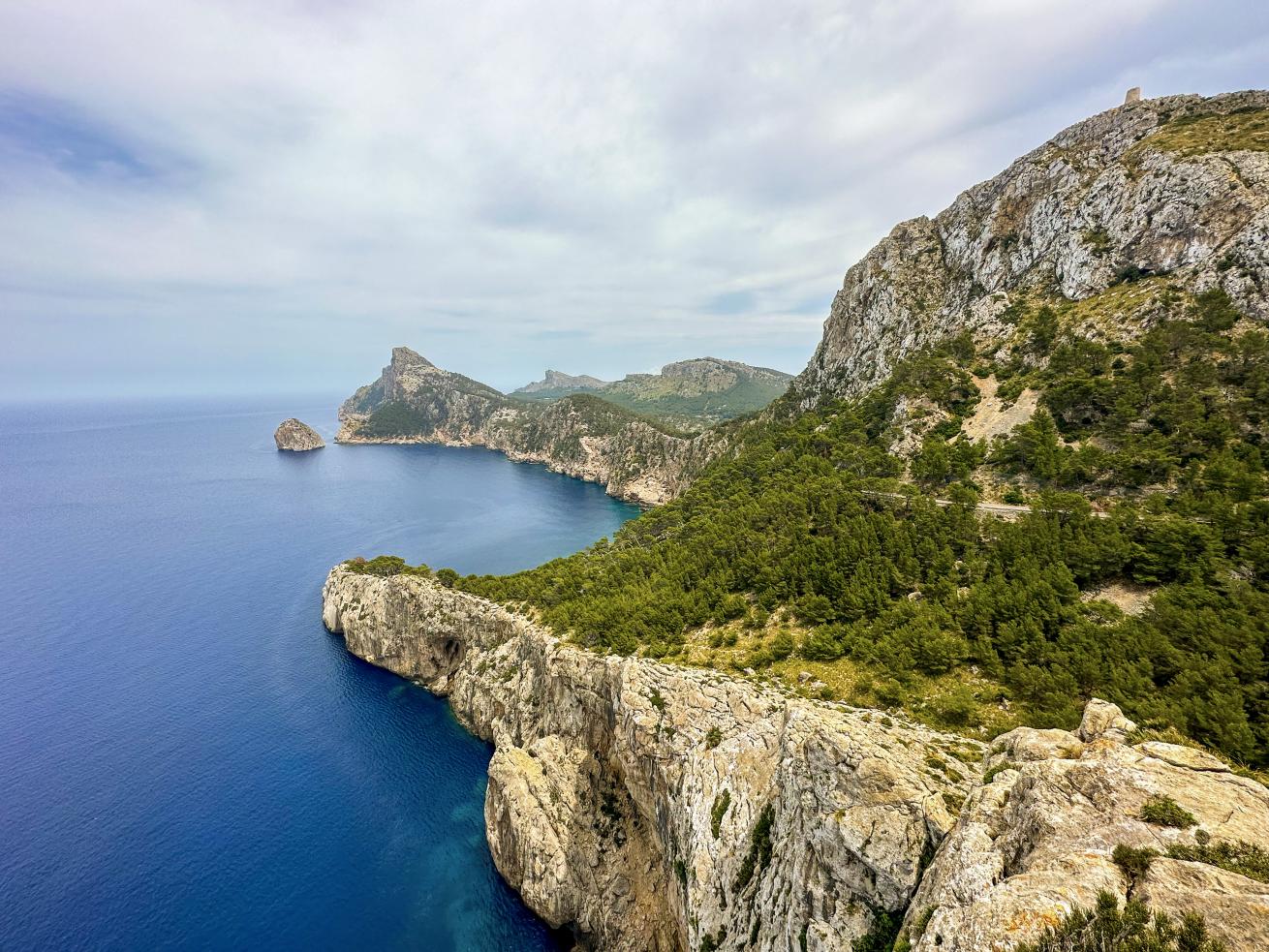
Lauren MoweryVistas abound around the island of Mallorca
Disclaimer: The dive community strongly advises against diving while affected by alcohol, due both to mental impairment, which can be made worse in association with gas narcosis, and due to possible elevated decompression illness risk caused by dehydration. For more information on the effects of drinking and diving, visit https://dan.org/alert-diver/article/drinking-and-diving-is-it-safe/ and https://www.scubadiving.com/is-it-ok-drink-and-dive.
Starting this month, I’m teaming up with Scuba Diving magazine to introduce readers to some of the world’s most fascinating indigenous grapes and boutique wineries near great diving. Not only will you learn about stunning dive sites, but my column will guide you on standout lodging and insights into the destination’s vinous heritage.
As a Master of Wine candidate, the former travel editor of Wine Enthusiast and current fine wine contributor to Decanter, I’ve spent over 12 years on the road seeking out story-worthy sips while diving during my downtime. The accumulated knowledge of both passions has finally found a home in one column. I can’t be the only diver who loves wine, right?
This month’s column kicks off with a summer hotspot that deserves year-round attention, Mallorca.
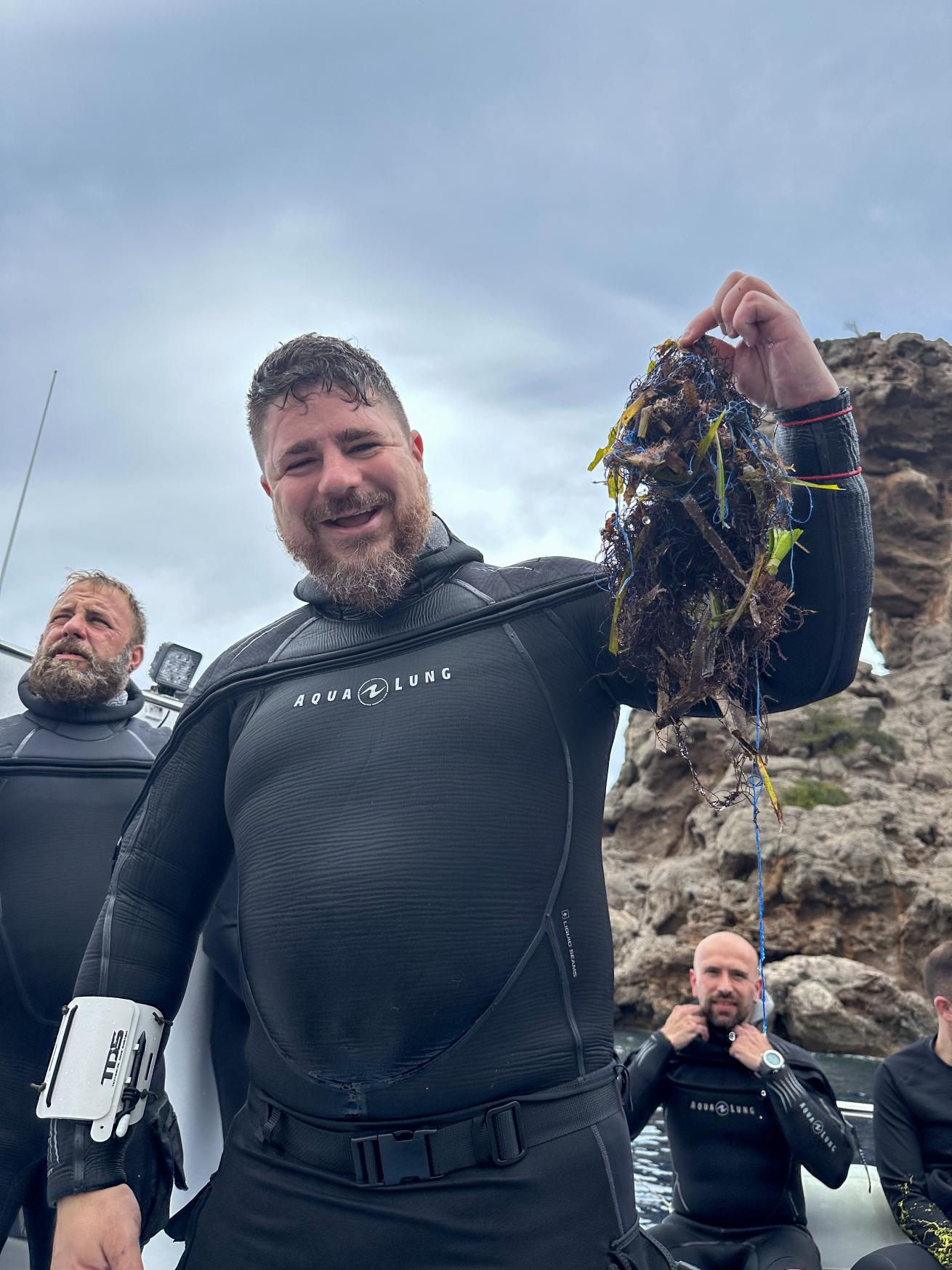
Lauren MoweryPulling trash from the sea on the citizen scientist dive with Octopus Scuba
Mallorca
Mallorca, the largest of the Balearic Islands off the east coast of Spain, is one such paradise where marine wildlife and vineyards sit mere miles apart. Here’s a look at the best of the island’s sites and sips.
Where to Dive
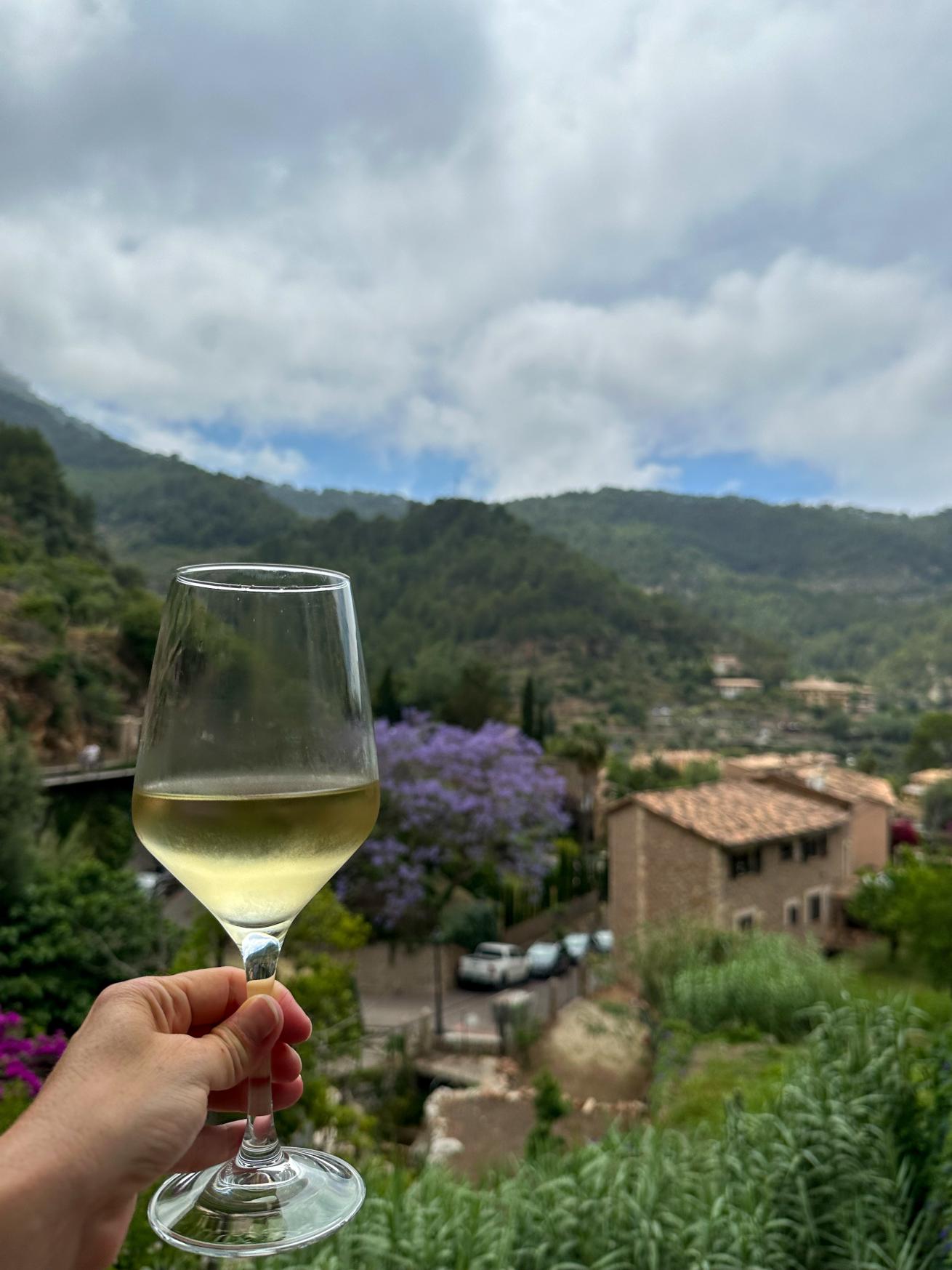
Lauren MoweryLocal white wine with a view of vineyards and citrus groves
An estimated seventy dive sites encircle the island, though most fall along the west, north and southeast coasts. You’ll find wrecks, caves and a variety of wildlife, creatures large and small, plus Mallorca’s tourism calling card: limpid turquoise waters.
Thanks to conservation efforts, some of the richest biodiversity in the Mediterranean thrives in the marine reserves of El Toro and Malgrats Island in the southwest and Cabrera Archipelago National Park in the southeast. Expect large schools of fish spanning grouper, barracuda, amberjack. Even better, prepare to dive among moray eels, squid, turtles, octopuses and colorful soft and hard corals. To dive Cabrera, which requires advance booking due to distance and limitations on boat access, contact Pacos Diving in Cala Santanyí. For West Coast sites, consider the friendly team at Octopus Mallorca in Port de Sóller.
Related Reading: What It’s Like to Dive in an Underwater Winery
There are many reasons to love diving in Mallorca, but the human element stood out most during my last trip. Through Octopus Mallorca, I discovered a tightknit community of Mallorcans who adopted me for the day, my high school Spanish to their thick Catalan, to photograph and count populations of sea creatures for Observadores del Mar, a portal for citizen scientists to log observations.
Among us, a film crew joined and interviewed members of our party, including a marine biologist who led the effort. While spottings of sea life remained elusive on this day (they dove a degraded spot off the coast of Deià) a few divers pulled tangled nets from the sea, while I made a network of friends for life.
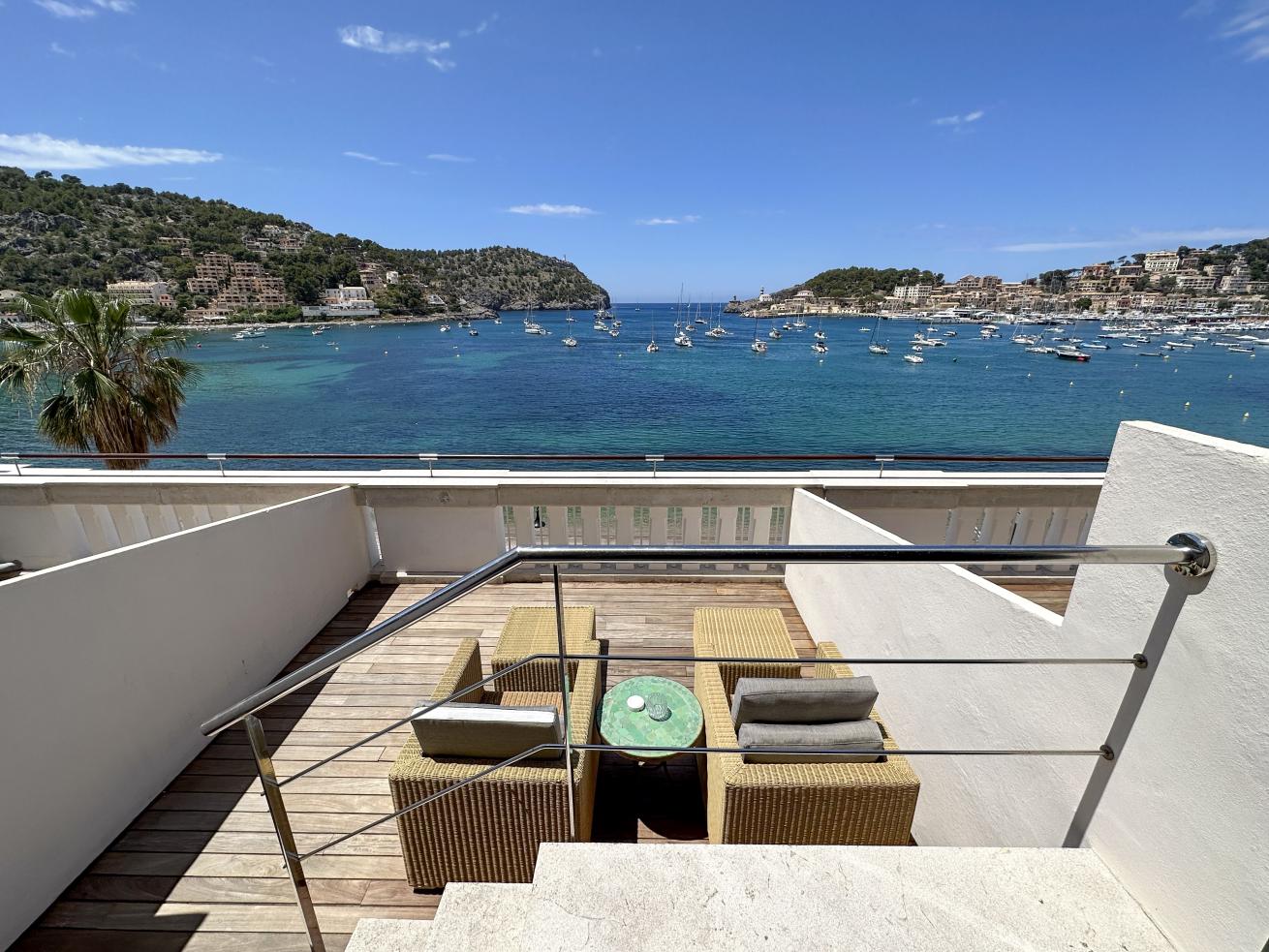
Lauren MoweryView of Port de Soller from Balcony at Hotel Esplendido
Where to Stay
From the city to the seaside, Mallorca boasts a dizzying array of lodging options. For a few days in the heart of the historic downtown, Palma Riad evokes an intimate property in Morocco, replete with romantic ambiance and a light-filled courtyard anchored by a tiled pool. Set within the Serra de Tramuntana mountains, yet within striking distance of the best beaches and dive spots, sits the new luxury resort The Lodge. Book for fine dining and a cellar stocked with the island’s best wine producers. In the gorgeous coastal town of Port de Sóller, and within walking distance to Octopus Mallorca, lies boutique property Hotel Esplendido. A rooftop pool offers views of the bay from which dive boats depart.

Lauren MoweryFamous Caló des Moro on Mallorca
Where to Taste
History
The earliest traces of winemaking and wine commerce stretch from the ancient civilizations of the eastern Mediterranean across modern-day Europe. First spread by seafaring peoples like the Phoenicians and Greeks, and later, the Roman conquerors of terra firma, wine reached every corner of the continent including Mallorca.
Grapes
Mallorca’s indigenous grapes will be unfamiliar to anyone but the most hardcore wine enthusiast. However, their rarity outside the island and vast improvements in quality, especially through the revival of old vineyards, make these red and whites as fun to explore as the underwater world.
Related Reading: Scuba Diving in Search for Signs of a Changing Mediterranean
The grapes to remember include Callet, known for rosé and fresh, lighter-bodied reds with modest tannins and notes of raspberry and spice. Manto Negro, known for medium-bodied reds with higher alcohol and notes of cherry, is often blended with Callet as a complementary grape for wines of greater structure and intensity. Monastrell, also called Mourvèdre around the southern Mediterranean basin, makes denser, earthier reds. White grape Moll, known also as Prensal Blanc, turns out light, quaffable dry whites with floral and citrus notes.

Lauren MowerySmall village of Deià on the northwest coast of Mallorca
Wineries
There are dozens of wineries to visit, though smaller outfits like Soca-Rel are harder to get reservations with. Always reach out before showing up. If you can’t visit, look for wines in restaurants and bottle shops from these producers: Anima Negra, Vins Miquel Gelabert, Castel del Sud, Soca-Rel, Vins C’an Verdura, 4 Kilos and Bodegas Ribas, the oldest winery founded in 1711. These winemakers focus on high-quality, small-production wines; many farm indigenous grapes organically, letting the taste of Mallorca shine through.
As always, don’t drink and dive!


